Indigenous voice to parliament ‘doesn’t deal with reality of what it means to be Aboriginal and what people endure in their day-to-day’
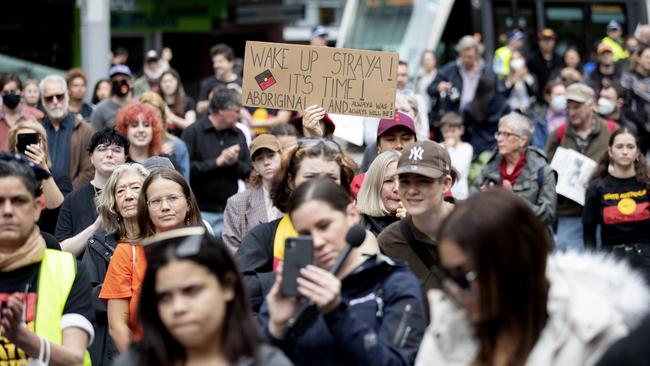
Professor Sutton had read a chapter I wrote for an upcoming publication on Aboriginal spirituality. I was trying to set the scene for an international audience: “There is a huge continuing gap in the indicators of disadvantage between Aboriginal people and the general population including: earlier deaths, greater rates of infant mortality, lower incomes and employment rates, lower education achievement, higher incarceration and absurdly high rates of child removal from families.”
His response is worth repeating. I can only agree; I need to be more forthright in communicating the reality of Aboriginal lives.
The gap between Aboriginal and mainstream Australia as figured by the federal government, that guides its policy and program development, is based on an homogenisation of Aboriginal people. It is so dangerous that, in my opinion, it needs to be scrapped.
It is a result of the differentiation of Aboriginal Australians into white and black, settler and Indigenous, and I believe it is killing remote Aboriginal Australians. This is not only a geographic value: Aboriginal people can be four hours from Sydney by car and be remote from services. There is a huge complexity in Aboriginal Australia that has not been captured by government statistics.
The Indigenous voice to parliament will only compound this complexity by taking over the existing arrangements that Aboriginal groups have or are developing, for their relationships to governments. It is the more highly educated, urban Aboriginal people who will have a voice; those called elites, and many with dubious claims to being Aboriginal at all.
There are many reasons to vote No to the legislation that establishes the voice to parliament: the lack of recognition of First Nations in the concept; the associated lack of a cultural rationale. How is it Indigenous? How can it succeed without being recognisably Indigenous? Associated with this lack of connection to the reality of life in Aboriginal communities is that just by its existence it will undermine the power First Nations have over their lands and waters, their existing relationships to governments, their autonomy; for these reasons it is bound to cause and exacerbate conflicts.
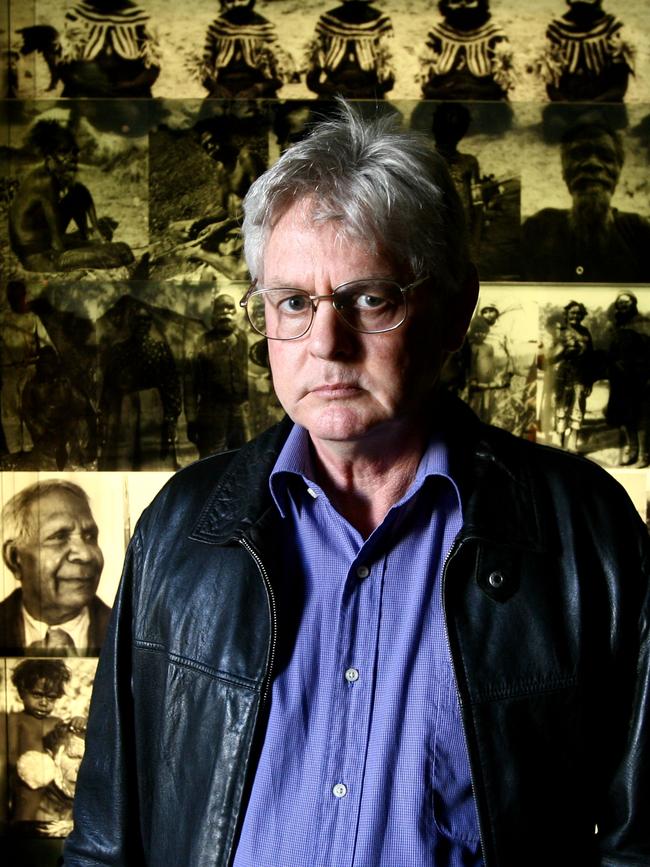
I have lived in two cities where resettled Aboriginal families were brought to live on others’ country and the conflicts were extreme. I have family where many groups have been resettled in their country from Protection Board days, and they have experienced horrendous violence. This conflict in communities in NSW is generally around land council business, housing in particular. It is a direct result of the lack of recognition of traditional connection to country by the NSW Aboriginal Land Rights Act of 1983. The voice promises to have a similar impact.
Gaynor Macdonald, the first anthropologist to work with the NSW Aboriginal Land Council, was of the opinion that the NSW act was the most destructive thing that had happened to Wiradjuri people. Macdonald had worked with Wiradjuri for 40 years, and she saw the impacts of the imposition of an administrative regime that ran counter to their personhood and cultural ways of being.
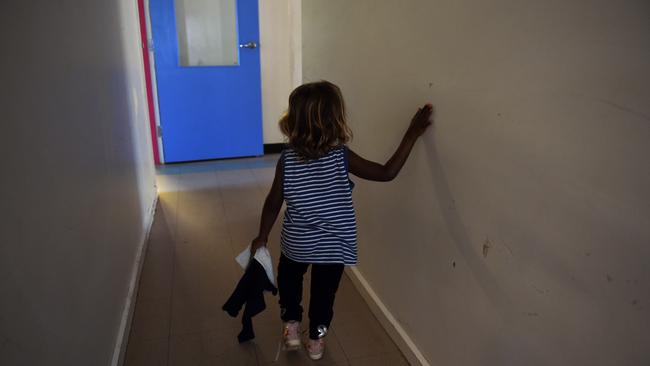
I see this replicated in the concept of the voice, which has not been called for by Aboriginal people per se but by a small elite group. This proposal does not deal with the reality of what it means to be Aboriginal and what people endure day-to-day. It promises little for a huge effort by Indigenous Australians to meet the requirements of this imposition of a huge bureaucracy on their lives.
The Calma-Langton report outlines a scheme for regions that will choose members based on settler colonial political boundaries, rather than Aboriginal boundaries to country and neighbouring groups.
This is inexplicable: it creates whole new “Aboriginal” groupings that will be in conflict with, and cut across, the traditional cultural groupings such as now exist within native title and land council boundaries.
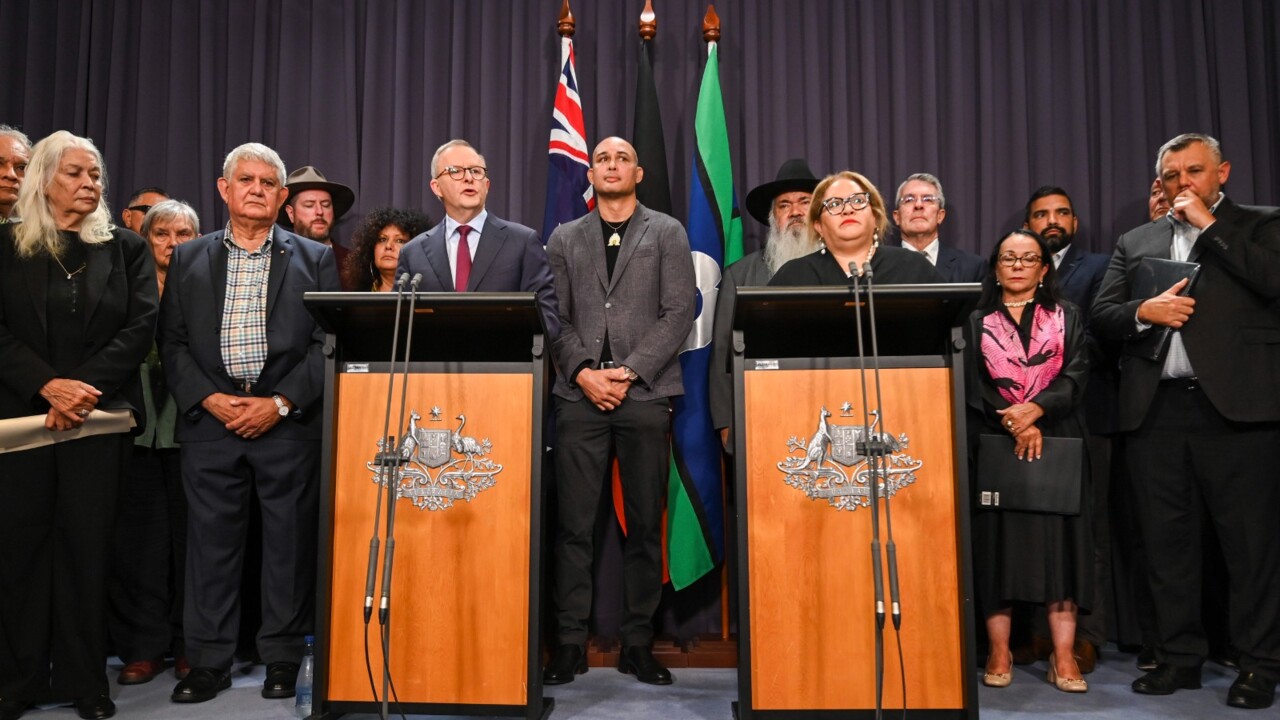
Further, the scheme for 24 members and 22 regions will have impossibly large regions in each state and territory, except for Tasmania and the Torres Strait Islands, where the allocated two regions are likely manageable. This scheme means huge numbers of people vying for the opportunity to be the voice to parliament as part of the ongoing homogenisation of Aboriginal people and their circumstances.
We need new major developments coming out of a thorough research base that helps to untangle the complexity and understand the differences. This would come about by truth talking, the opportunity for every Aboriginal person to have a say in what they need to have happen. A thorough, community-by-community stocktake.
This could happen through a royal commission with Indigenous commissioners whose job it would be to listen and document, then make recommendations.
Victoria Grieves Williams PhD has worked for almost 40 years in Aboriginal affairs.

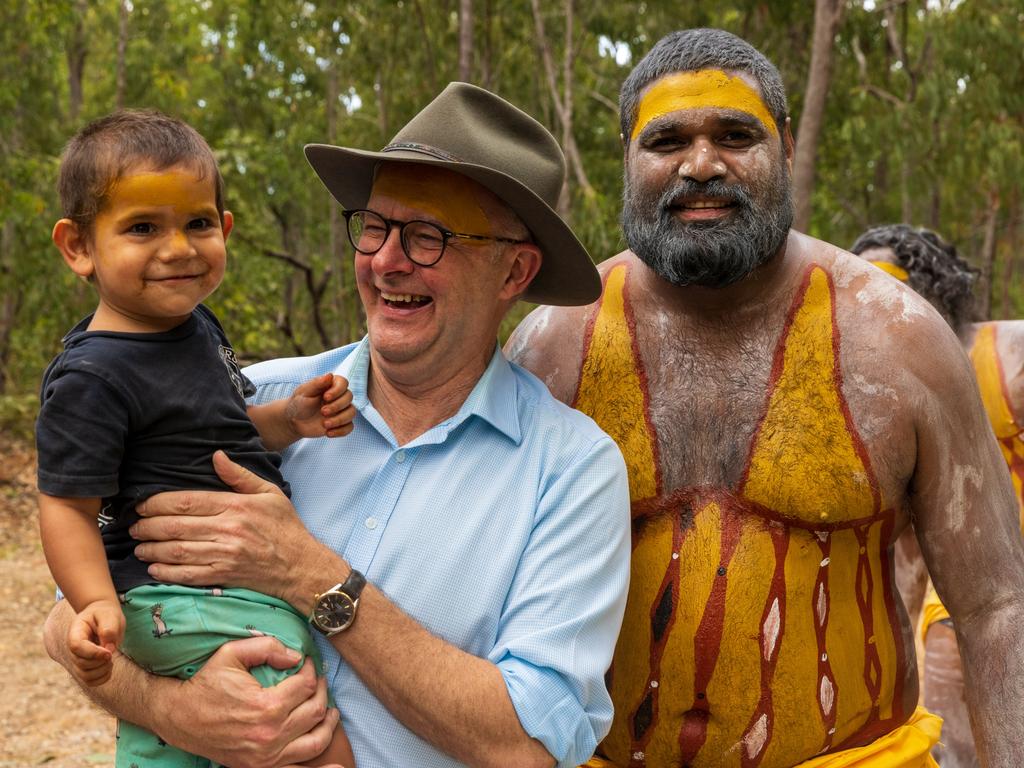
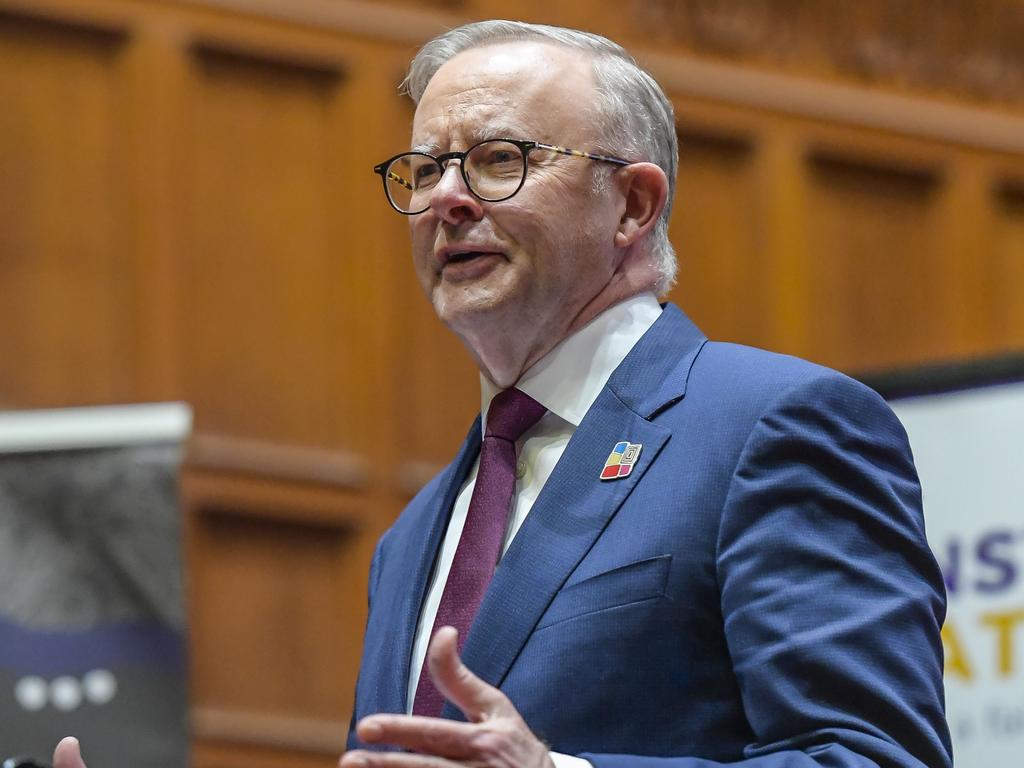
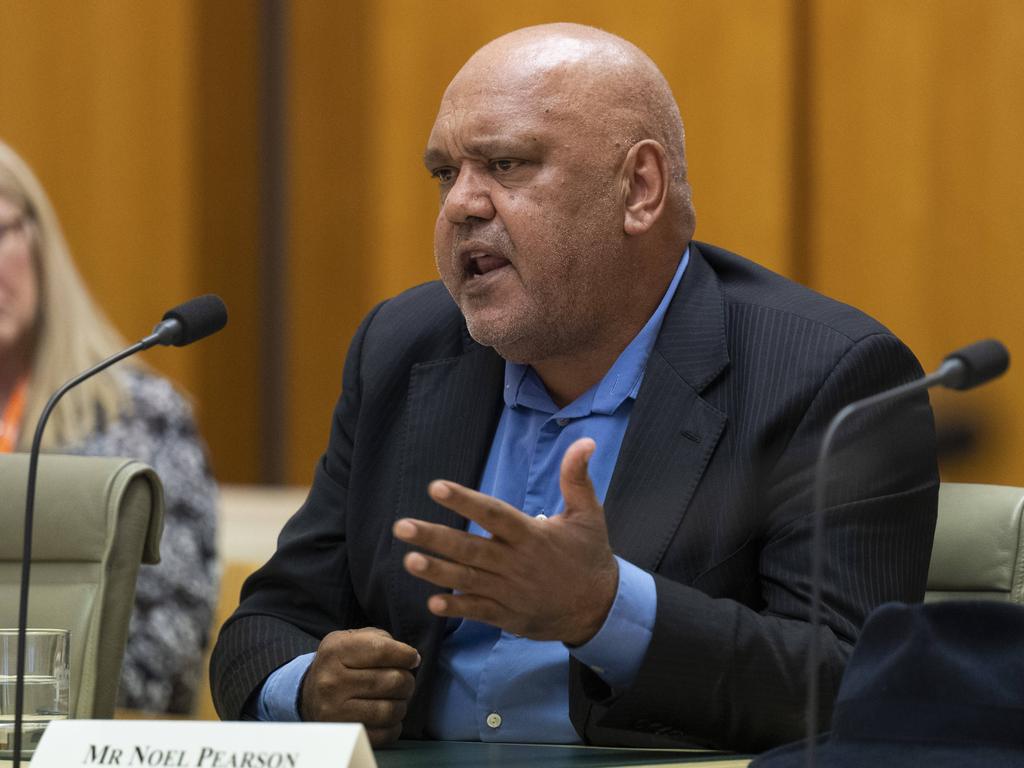


“The gap is between well and sick, free and incarcerated, violent and peaceful, employable and unemployable, not between Indigenous and all others. If people knew the real gaps between remote and very remote profiles and those of the now great Aboriginal middle class of urban Australia they would stop these false comparisons. They would also be even more horrified than they already are.” – Professor Peter Sutton